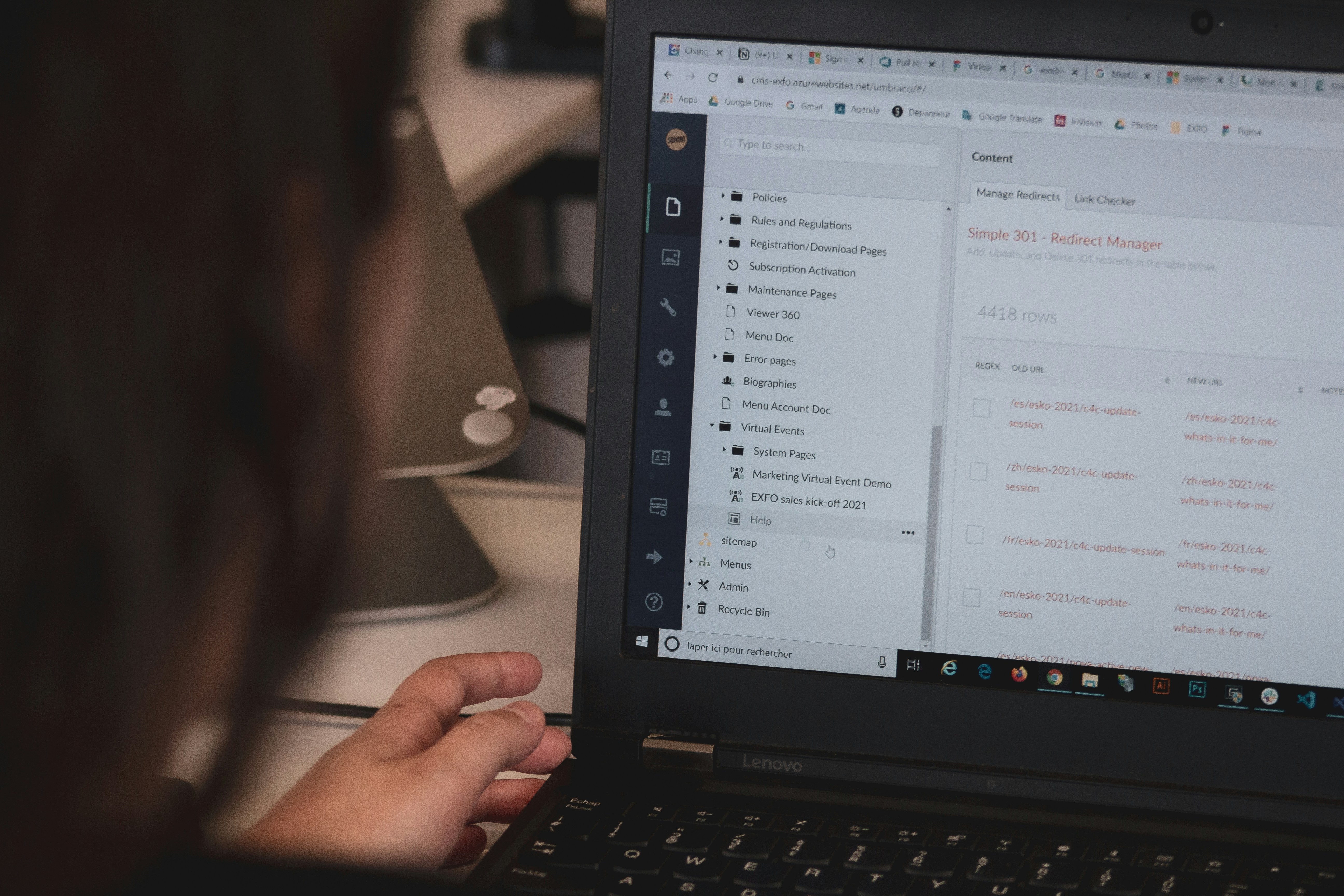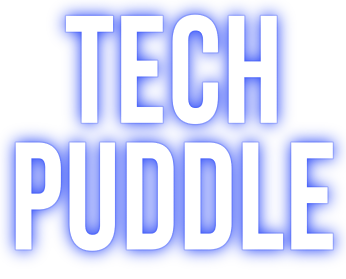Digital rights management (DRM) is the use of technologies and processes to guard copyrights for digital media. A management program includes the use of digital rights management software that can prohibit copying and using copyrighted works and intellectual property without permission. DRM solutions are intended to protect the rights of a copyright holder and prevent unapproved modification or distribution of information or material. Implementing strong digital rights management practices or processes can help a company prevent users from accessing or using certain assets. This will ensure that the organization avoids any legal issues that could arise from unauthorized use.
With data becoming one of the greatest assets in business today, DRM tools are also playing an increasing role in data security. Even though digital content is protected by current copyright laws, catching illegal activity on the internet can be challenging. DRM doesn’t prevent piracy, however, it protects digital content by creating barriers that make it almost impossible to steal or share it in the first place. Let’s take a look at some best practices for an effective digital rights management program.
How does digital rights management work?

Digital rights management is about finding the balance between accessibility and protection. There are numerous approaches to implementing effective DRM programs and methods. Many of these tools work through some form of encryption or computer code embedded within the digital content. This is used to limit access or use of the content. Digital rights management tools can monitor and limit the devices, people, time periods, and number of times that certain information may be accessed or installed. DRM systems and processes thwart illegal use of material work by implementing copyright protections and managing permissions. Copyright protection processes secure information by preventing users from copying work. Copy protection is typically executed through encryption, which incorporates a code into the digital content. Users can only access the digital content if they have the key to unlock the code. This approach is also sometimes called scrambling. Some other security features used for protection include digital watermarks, fingerprinting, and restrictive copying.
Permission management, however, is another method of DRM controls that limits who can use a certain work. Permission management helps to protect digital assets by granting and revoking user privileges. Some examples of these DRM tools include software licenses and decryption keys, authentication protocols, and private networks. Permission management could also include using products that only work on specialized hardware or software. Over time, digital rights have changed and the need for security has increased. With these practices in place, a company can be sure that they are limiting vulnerability to online threats. With that in mind, what are some of the best ways to manage this?
Get buy-in from stakeholders.

With some DRM processes that are implemented, the end-user could experience some level of poor usability. In this case, people will inevitably avoid or try to bypass the system. Since this will defeat the purpose of using DRM technology, companies should make sure to secure buy-in from stakeholders who are the end-users. They need to be involved in the process and properly trained so that the DRM solution becomes a simple part of their normal workflow. From implementation to use, the DRM solution needs to be seamless and straightforward to ensure that it simplifies work processes.
Standardize file sharing.

In today’s digital age, the most popular methods of inter-office file-sharing have been through email and FTP. Email platforms have limitations in terms of the size and storage requirements on email servers, however. This can makes email, at times, inefficient. File transfer protocol, on the other hand, can be difficult to use, manage, and monitor. Companies should look to standardize file syncing and sharing solutions enterprise-wide. Doing so could ensure that all files are securely and efficiently shared through a platform that also has built-in DRM capabilities. In the absence of such a procedure, users may turn to consumer file-sharing services that lack security, data governance, and controls.
Enforce security policies.

Security should be the responsibility of IT departments and not individual end-users. Some companies mistakenly rely on employees to observe caution and safety protocols when sharing sensitive documents, but this isn’t sufficient when protecting confidential information. Such measures can open a company up to access from unauthorized users and unauthorized sharing. Centralized DRM policy enforcement, however, ensures that shared documents are automatically protected through DRM controls. Valuable documents in today’s digital world must be protected with stringent IT policies and enforcement.
Integrate DRM with Data Loss Prevention

Digital rights management and data loss prevention go hand-in-hand. Pairing DRM with DLP offered by various vendors will guarantee that all highly sensitive information is securely protected and less important information is not. Integrating these two defense protocols is crucial to holistic data protection and IT security strategy. If an enterprise fails to bring these two programs together, it could actually weaken both solutions and expose valuable documents and information to vulnerabilities.
Digital rights management is a key part of any company’s workflow in today’s digital age. To ensure that you’re keeping confidential documents safe, make sure that you’re implementing the best DRM technology out there.



